Cracking the Code: How Math is Empowering Students to Solve Real-World Problems in the Digital Age

Mathematics is the universal language that underpins many aspects of our lives, from the intricate algorithms that power our devices to the complex financial models that drive our economies. In a world where data is king, mathematical literacy is essential for making informed decisions and understanding the patterns that govern our world.
Many students hate mathematics because they consider it overly difficult. They often contact professional services and ask, “Please do my essay and solve this set of problems.” However, by embracing the power of mathematics, you can unlock a world of possibilities, equipping yourself with the skills necessary to thrive in the digital age. Whether it’s developing cutting-edge technologies, analyzing vast datasets, or solving intricate real-world problems, mathematics is the foundation upon which innovation and progress are built.
The role of math in solving real-world problems
Mathematics is not merely a theoretical discipline; it is a practical tool that enables us to solve real-world problems. From engineering and architecture to economics and finance, mathematics plays a crucial role in numerous industries and professions.
Consider the following real-world scenarios:
- Urban Planning: Architects and urban planners rely on mathematical models to design efficient transportation systems, optimize resource allocation, and create sustainable living spaces.
- Environmental Science: Mathematical models are used to predict weather patterns, analyze climate change data, and develop strategies for mitigating environmental issues.
- Healthcare: Statisticians and data analysts use mathematical techniques to analyze clinical trial data, model disease progression, and develop personalized treatment plans.
- Finance and Economics: Mathematical models are employed to forecast market trends, manage risks, and optimize investment strategies.
By mastering mathematical concepts and techniques, you can develop the ability to break down complex problems into manageable components, identify patterns, and devise effective solutions. This problem-solving mindset is invaluable in the digital age, where challenges often transcend traditional boundaries and require interdisciplinary approaches.
The benefits of using math in everyday life
Mathematics is not just a subject confined to the classroom or specialized fields; it permeates our everyday lives in countless ways. Here are some everyday scenarios where math plays a crucial role:
- Personal Finance: Understanding concepts like interest rates, compound interest, and budgeting can help you make wise financial decisions and achieve long-term financial stability.
- Shopping and Discounts: Calculating discounts, sales tax, and comparing prices can help you save money and make informed purchasing decisions.
- Cooking and Baking: Measuring ingredients, adjusting recipe quantities, and understanding cooking times often involve mathematical calculations.
- Sports and Statistics: Understanding statistics and probability can enhance your appreciation of sports and help you make informed predictions and analyses.
- Travel and Navigation: Calculating distances, estimating travel times, and understanding time zones all require mathematical skills.
By recognizing the practical applications of mathematics in everyday life, you can develop a deeper appreciation for the subject and cultivate a mindset that embraces problem-solving and critical thinking.
How math is applied in various industries
Mathematics is a versatile and powerful tool that finds applications in numerous industries and fields. From scientific research to business operations, mathematical concepts and techniques are employed to solve complex problems, optimize processes, and drive innovation.
1. Engineering and Technology:
- Engineers rely on mathematical models and simulations to design and analyze complex systems, such as bridges, buildings, and aircraft.
- Computer scientists use mathematical algorithms to develop efficient software, optimize data structures, and solve complex computational problems.
2. Finance and Economics:
- Financial analysts and economists use mathematical models to analyze market trends and develop investment strategies.
- Actuaries employ statistical and probabilistic methods to assess risk and calculate insurance premiums.
3. Healthcare and Medicine:
- Biostatisticians and epidemiologists use statistical methods to analyze clinical trial data, model disease progression, and develop treatment strategies.
- Medical imaging technologies, such as CT scans and MRI, rely on mathematical algorithms to reconstruct images from data.
4. Scientific Research:
- Mathematicians and scientists collaborate to develop mathematical models and simulations to study complex phenomena, such as climate change, particle physics, and astrophysics.
- Researchers in fields like biology, chemistry, and physics use mathematical tools to analyze and interpret experimental data.
5. Business and Operations:
- Operations research analysts use mathematical optimization techniques to streamline logistics, improve supply chain management, and maximize resource allocation.
- Marketing professionals employ statistical methods to analyze consumer behavior, segment target audiences, and optimize advertising campaigns.
By understanding the diverse applications of mathematics across industries, students can appreciate the versatility of the subject and explore potential career paths that align with their interests and strengths.
Examples of real-world math problems and their solutions
To illustrate the practical applications of mathematics in solving real-world problems, let’s explore a few examples and their solutions:
1. Urban Planning:
- Problem: A city needs to optimize its public transportation system to reduce traffic congestion and improve accessibility.
- Solution: Mathematical models, such as network optimization and graph theory, can be used to analyze traffic patterns, identify bottlenecks, and design efficient bus routes and schedules.
2. Environmental Science:
- Problem: Scientists need to predict the impact of climate change on sea levels and coastal regions.
- Solution: Mathematical models, incorporating factors like temperature, precipitation, and glacial melting, can be used to simulate and forecast sea level rise, enabling informed decision-making and mitigation strategies.
3. Healthcare:
- Problem: A pharmaceutical company needs to determine the optimal dosage and treatment regimen for a new drug.
- Solution: Statistical methods, such as regression analysis and experimental design, can be employed to analyze clinical trial data and develop personalized treatment plans based on patient characteristics and responses.
4. Finance and Economics:
- Problem: An investment firm needs to manage risk and optimize its portfolio for maximum returns.
- Solution: Mathematical models, like the Modern Portfolio Theory and stochastic calculus, can be used to analyze market trends, assess risk, and allocate assets in a way that maximizes returns while minimizing potential losses.
5. Sports Analytics:
- Problem: A professional sports team wants to improve its player recruitment and game strategy.
- Solution: Statistical analysis of player performance data, combined with mathematical models for game simulations, can help identify talent, optimize team composition, and devise effective game strategies.
These examples demonstrate the versatility of mathematics in solving real-world problems across various domains. By mastering mathematical concepts and techniques, students can develop the skills necessary to tackle complex challenges and drive innovation in the digital age.
Related to This Article
More math articles
- World Problems Involving Fractions of a Group
- How to Add and Subtract Functions? (+FREE Worksheet!)
- Top 10 Tips to Overcome TSI Math Anxiety
- 8th Grade RISE Math Worksheets: FREE & Printable
- Understanding Betting Odds
- Algebra Puzzle – Challenge 40
- How Is the SHSAT Test Scored?
- How to Master Work Problems: A Comprehensive Step-by-Step Guide
- Fractional Forecasts: How to Estimate Sums and Differences Using Benchmarks
- 10 Most Common Praxis Core Math Questions
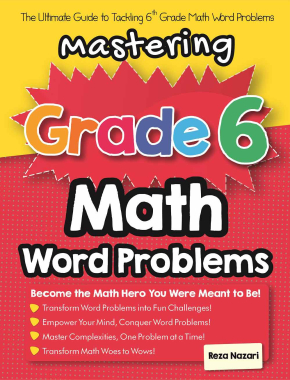

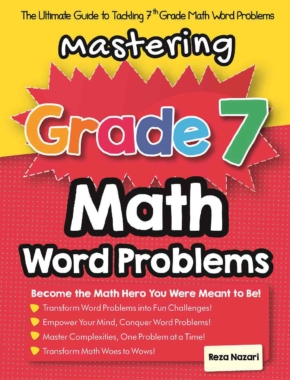
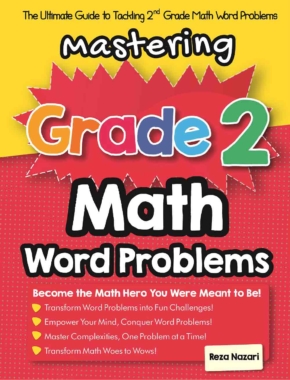
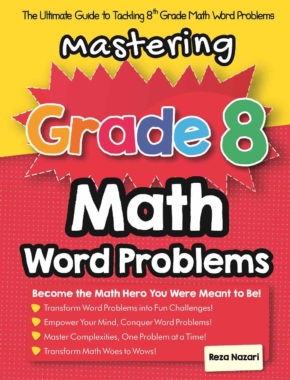

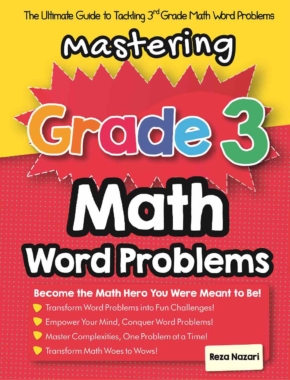
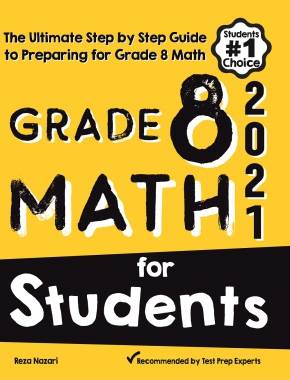
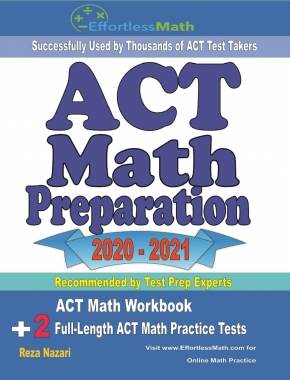
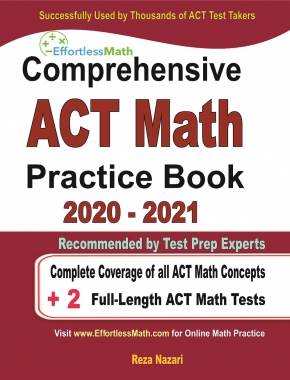
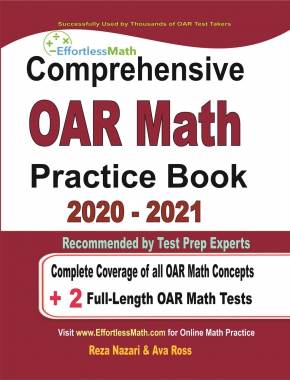
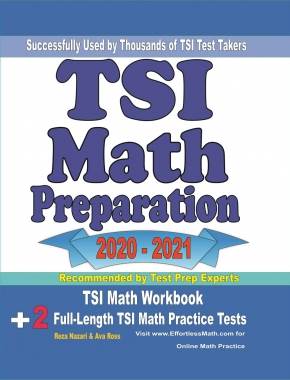
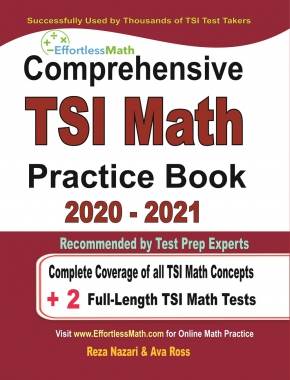
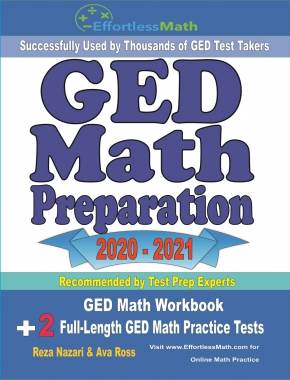




What people say about "Cracking the Code: How Math is Empowering Students to Solve Real-World Problems in the Digital Age - Effortless Math: We Help Students Learn to LOVE Mathematics"?
No one replied yet.